Dangerous solar storm now stalking Earth after violent sunspots emerge on Sun
Two new sunspot groups have emerged on the Earth-facing side of the Sun. Astronomers are worried that they can cause another terrifying solar storm.
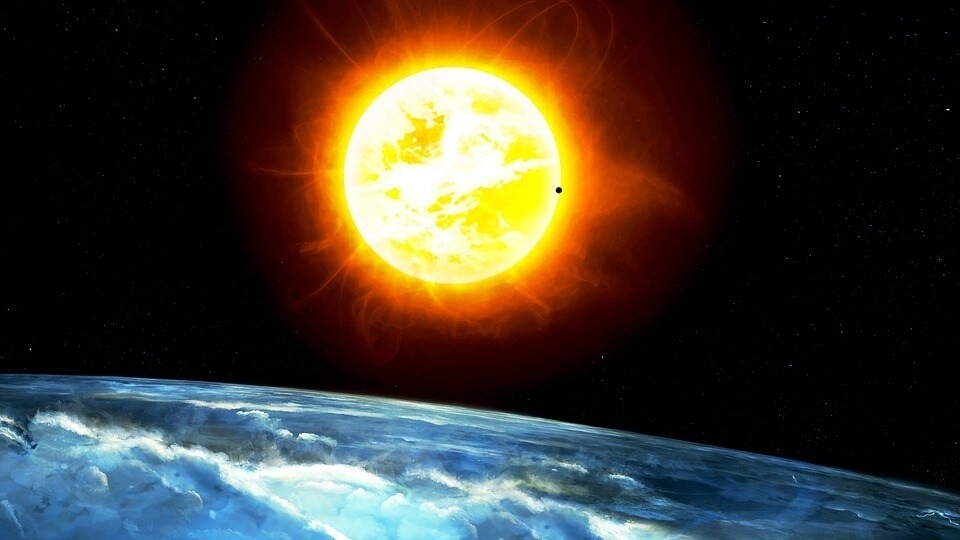
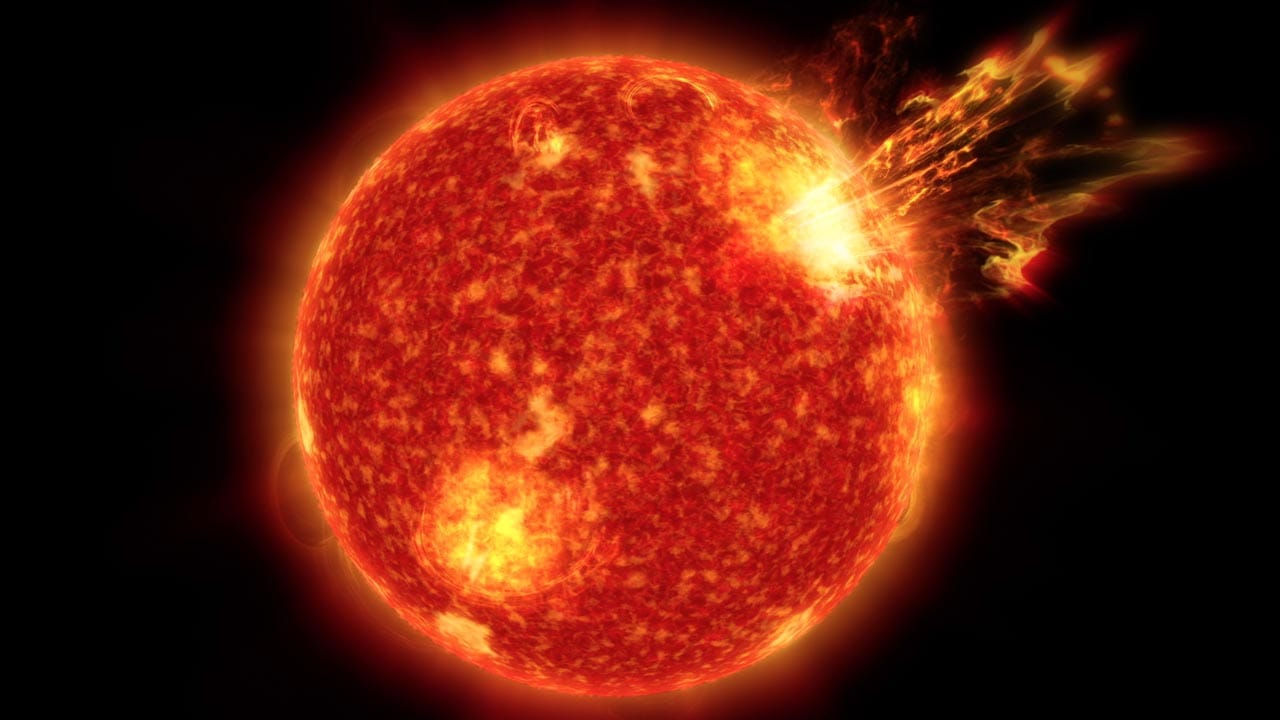
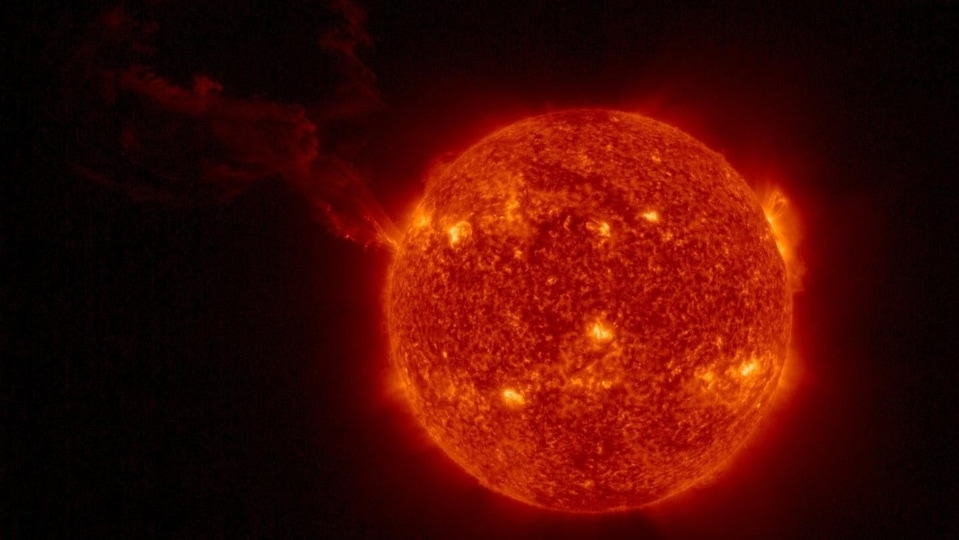
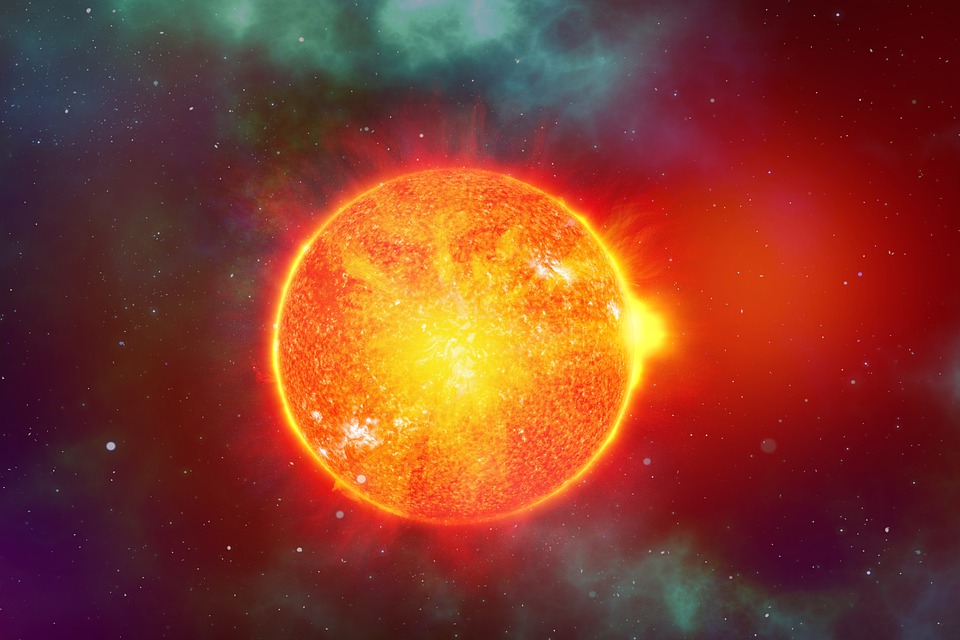
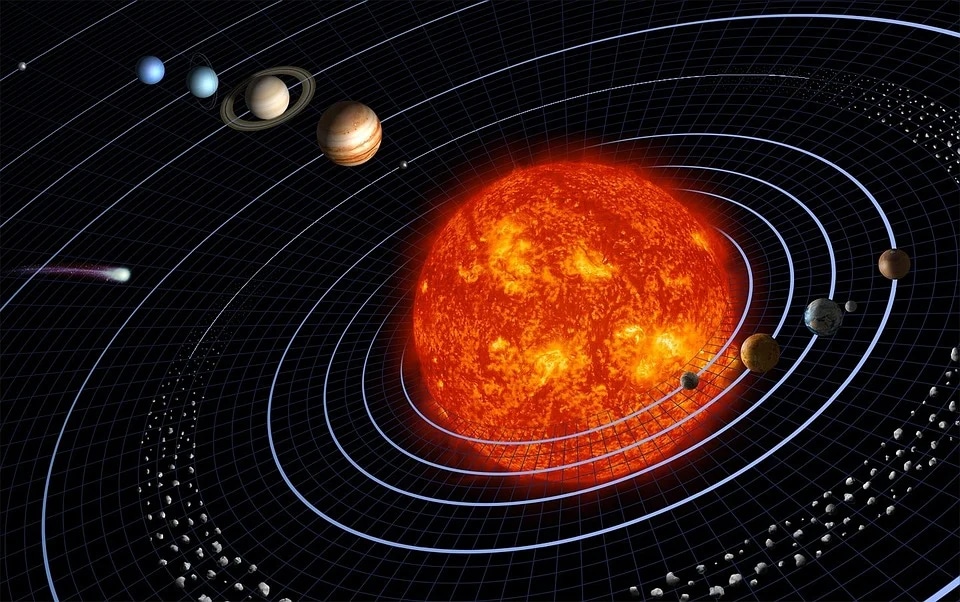
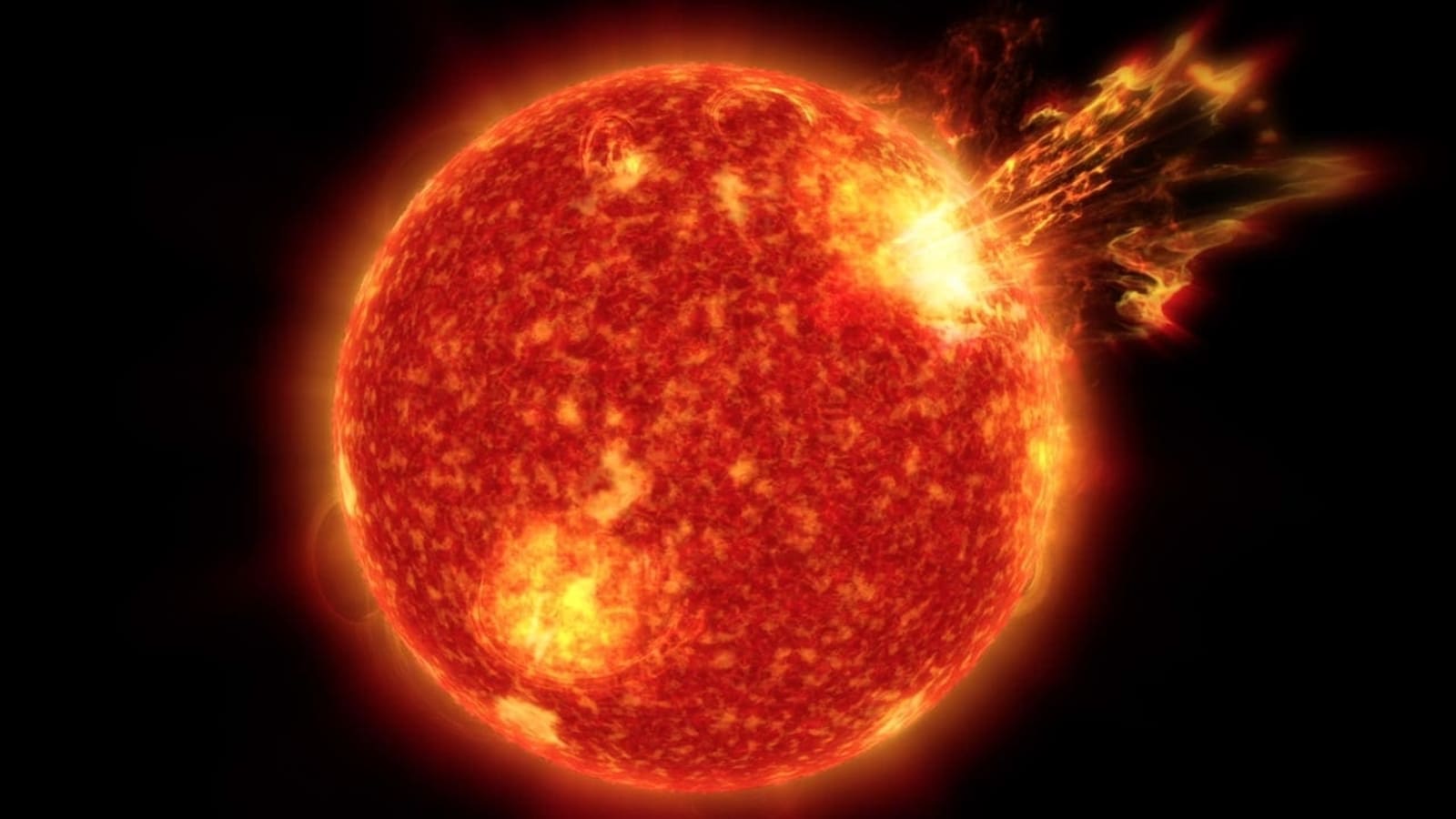
 View all Images
View all ImagesThe coronal mass ejection (CME) cloud that was forecast to hit the Earth, mercifully missed it by a narrow margin. But it might be too early to celebrate as new sunspots are already developing on the Sun, which can cause more solar storms. At present, there are three major sunspot groups on the Sun, and among them, two are very concerning. These are AR3270 and AR 3271. AR3270 is the ring-shaped sunspot which grew tenfold in just 24 hours and has two dark cores, both larger than the Earth. These sunspots are very unstable and can soon explode with M or X-class solar flare eruptions.
The development was reported by SpaceWeather.com which mentioned, “New sunspot AR3270 has rapidly grown into a behemoth with two primary dark cores larger than Earth and an unstable delta-class magnetic field. The mixture of magnetic polarities shown in this map is what makes the sunspot dangerous. NOAA forecasters say there is a 15% chance of M-class solar flares and a 5% chance of X-flares in the next 24 hours. Any eruptions will be geoeffective because the sunspot is directly facing Earth”.
Unstable sunspots create a solar storm scare
One major reason why these sunspots are concerning is because they contain both unstable delta-class magnetic fields and a mixture of magnetic polarities which makes them very volatile. Whenever an area with a positive magnetic charge and a negative magnetic charge overlaps, it leads to a phenomenon called reconnection. This causes a spontaneous combustion that leads to solar flare eruptions.
These eruptions are responsible for radio blackouts and GPS disruptions on Earth. They also release huge amounts of CME from the Sun's surface, which when comes in contact with the upper atmosphere of the Earth, sparks a geomagnetic storm. In extreme cases, these storms can damage satellites, disrupt mobile network and internet services and even cause power grid failures.
Astronomers are watching these sunspots to find out whether one of them will explode anytime soon.
Know how NOAA monitors the Sun
While many space agencies from NASA with its Solar Dynamics Observatory (SDO) to National Oceanic and Atmospheric Administration (NOAA) keep track of Sun-based weather phenomena, one that particularly stands out is the DSCOVR satellite by NOAA. The satellite became operational in 2016 and tracks different measurements of the Sun and its atmosphere including temperature, speed, density, degree of orientation and frequency of the solar particles. The recovered data is then run through the Space Weather Prediction Center and the final analysis is prepared.
Catch all the Latest Tech News, Mobile News, Laptop News, Gaming news, Wearables News , How To News, also keep up with us on Whatsapp channel,Twitter, Facebook, Google News, and Instagram. For our latest videos, subscribe to our YouTube channel.





























